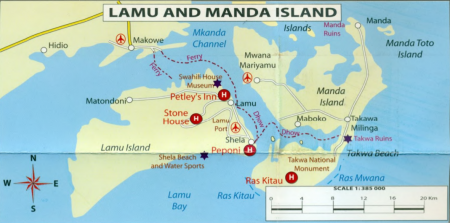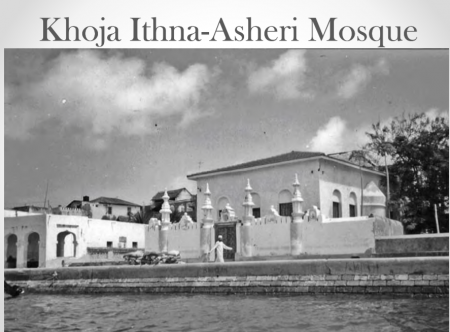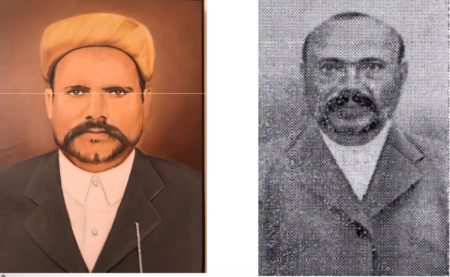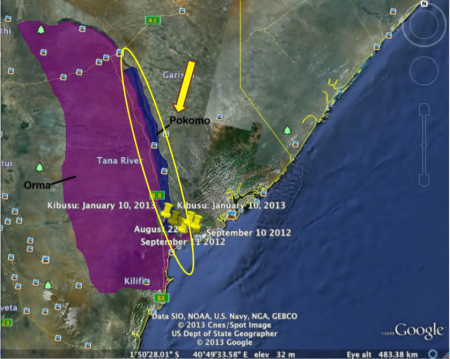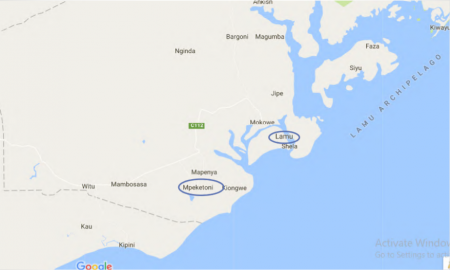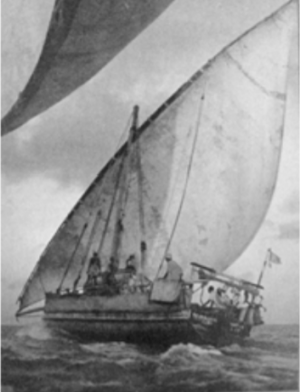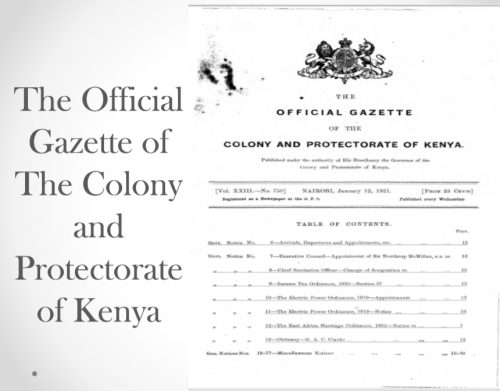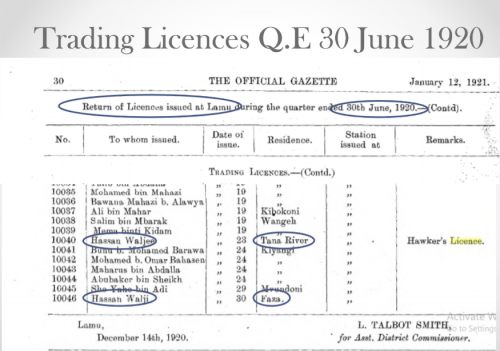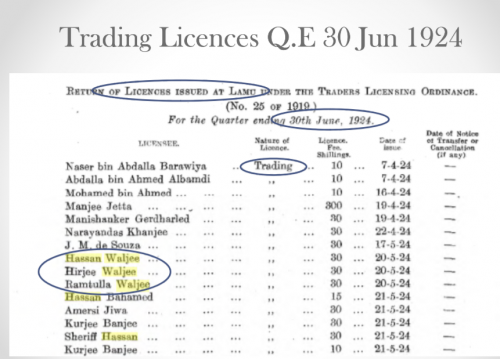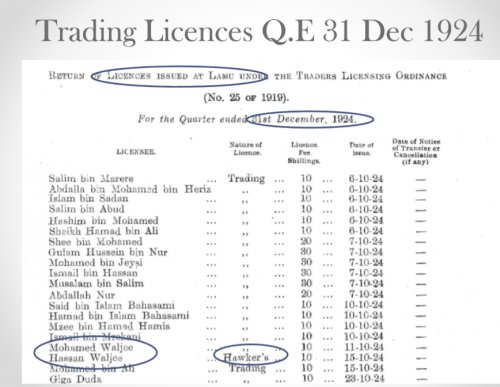The Walji Family (Lamu)
Life in Lamu
Life in Lamu in the 1930s was very simple. People would wake up in the morning and go for pray People would wake up in the morning and go for prayers. They would open their shops from 8:00-12:00 pm and then head home for lunch and to sleep. The shops would re-open again at 3:00 pm until 6:00 pm when people would go for maghrib prayers. After dinner, some people would open their shops at half-past eight to do bookkeeping until around 10:00 pm when they would return home to bed.
The Walji Brothers
- Chairman Hassan Walji (Grandfather of Jaffer Walji)
The Waljis used to import grain and take cargo to Mombasa, Tanga and Dar- and Dar-es-Salaam. Hassan Walji had dhows as well -“Madina “Madina”, Munawar ” and “Rangoon”.
Courtesy - Interview of Hussein Abdalla Jaffer Pardhan (AP) in KHOJA SHIA ITHNA-ASHERIS IN LAMU AND MOMBASA, 1870-1930 BY ZAHIR BHALLOO
Trading Licences
Spelling is Hassan Waljee/Walji/Vallji/Vellji; Similarly Hirjee/Hirji and Rahmatulla, Rahemtulla etc. However as Zahir Bhalloo had mentioned in his article, spellings of tricky surnames were not always recorded correctly. Moreover, the 4 appear regularly for trading licences so I am confident that it is them. Beware similar names also appear – e.g. Walji Hirji & Sons in Nairobi around the same time but I believe the latter are Ismailis.
Business Journey
Zahir Bhallo's article mentions Mombasa displacing Lamu as the chief commercial port of Kenya and lack of adequate higher education facilities. This would explain to some extent what happened to Trading Licences and businesses, between 1929 and 1934 (death of Hassan Walji) as well as until 1946 when Habib Hassan Walji & family moved to Kigoma. Abdulrasul Hirji Walji and my grandfather’s younger brother Rajabali Walji left for Kigoma earlier (the latter probably in 1939 according to his son). 1932-33 – Trade is probably worse than ever been in Lamu’s history & imports and exports have reached vanishing point. Lamu population fell from 27,000 in 1918 to 19,000 in 1933.
• Lamu’s fall due to:
1. Cessation of faction fighting – people from Oman settled in Zanzibar permanently – the bond of interest between Arabia and Africa had been served and demand for grain and products from the coast decreased. Demonetisation of the Indian Rupee hastened the process.
2. Anti-slavery measures of European Powers and complete abolition in 1907 ---> slave owners being ruined.
3. Depopulation following the abolition of slavery and the inability of the government to replace them with labourers.
4. Mombasa became the railhead and attracted trade from Lamu – latter was suggested as a starting point, but rejected due to (a) shallow harbour and (b) swampy nature of many miles of the country immediately behind Lamu.
5. The geographical position of Lamu prevented tapping any material source of supply other than those already catered by Mombasa or Kismayu.
Source: John Horace Clive, 'A short history of Lamu' (1933), MSS Afr. S. 1273, Rhodes House Library, Oxford
